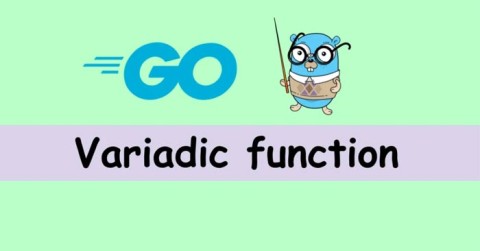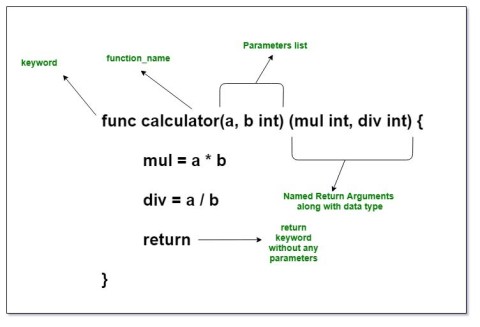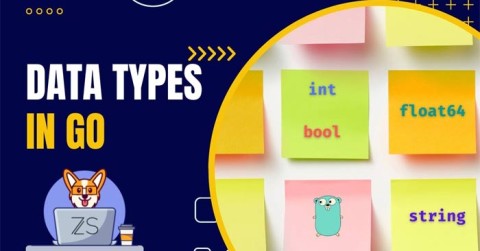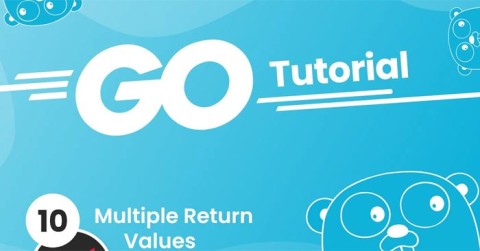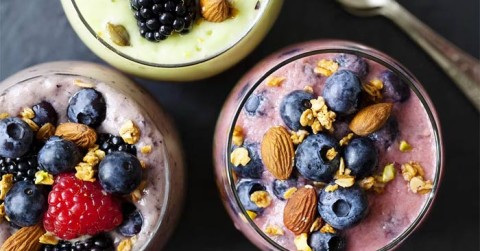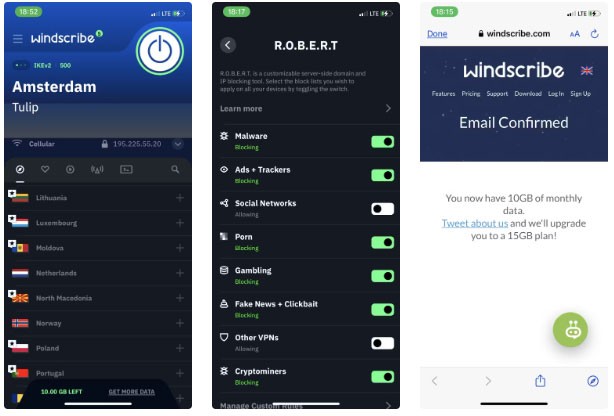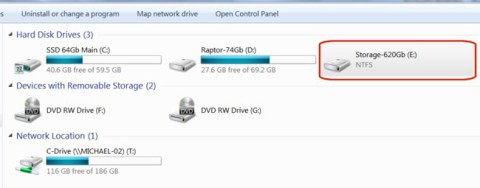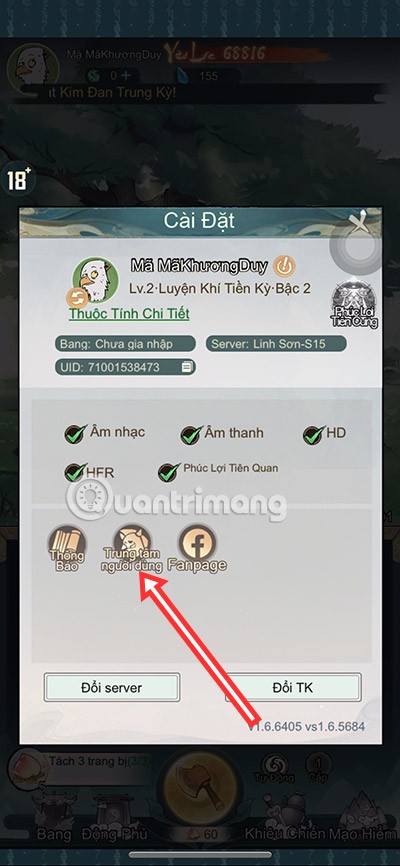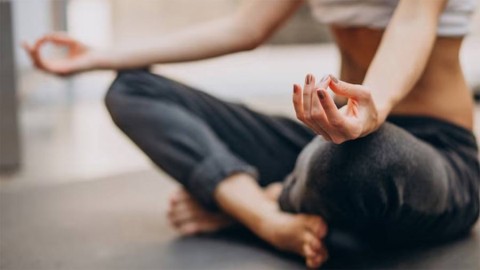How to use constants in Golang

What is a Constant or Const in Golang? Here's what you need to know about using constants in Go.
Operators are the foundation of every programming language. Therefore, the functionality of Golang language is incomplete without the use of operators. Operators allow us to perform different types of operations on operands. In Go language, operators can be classified based on their different functions .
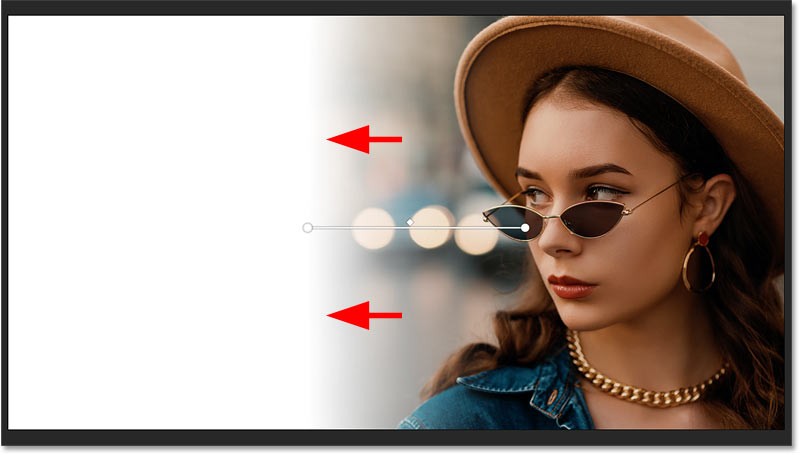
Arithmetic operators
These operators are used to perform operations on operands in Go language:
Note: -, +, !, &, *, <- and ^ are also called unary operators and the precedence of unary operators is higher. The ++ and — operators come from statements, they are not expressions, so they lie outside the operator hierarchy.
For example:
//Minh họa chương trình Go dùng toán tử số học
package main
import "fmt"
func main() {
p:= 34
q:= 20
// Phép cộng
result1:= p + q
fmt.Printf("Result of p + q = %d", result1)
// Phép trừ
result2:= p - q
fmt.Printf("\nResult of p - q = %d", result2)
// Phép nhân
result3:= p * q
fmt.Printf("\nResult of p * q = %d", result3)
// Division
result4:= p / q
fmt.Printf("\nResult of p / q = %d", result4)
// Modulus
result5:= p % q
fmt.Printf("\nResult of p %% q = %d", result5)
}
Result:
Kết quả của p + q = 54
Kết quả của p - q = 14
Kết quả của p * q = 680
Kết quả của p / q = 1
Kết quả của p % q = 14Relational Operators
Relational operators are used to compare two values. Let's look at each operator one by one:
For example:
// Minh họa chương trình Go dùng toán tử quan hệ
package main
import "fmt"
func main() {
p:= 34
q:= 20
// ‘=='(Equal To)
result1:= p == q
fmt.Println(result1)
// ‘!='(Not Equal To)
result2:= p != q
fmt.Println(result2)
// ‘<‘(less than)="" result3:="p">< q="" fmt.println(result3)="" ‘="">'(Greater Than)
result4:= p > q
fmt.Println(result4)
// ‘>='(Greater Than Equal To)
result5:= p >= q
fmt.Println(result5)
// ‘<='(less than="" equal="" to)="" result6:="p"><= q="" fmt.println(result6)="" }="">Result:
false
true
false
true
true
falseLogical operators
They are used to combine two or more conditions/constraints or to supplement the evaluation of the initial condition under consideration.
For example:
// Minh họa chương trình Go dùng toán tử logic
package main
import "fmt"
func main() {
var p int = 23
var q int = 60
if(p!=q && p<=q){ fmt.println("true")="" }="" if(p!="q" ||=""><=q){ fmt.println("true")="" }="" if(!(p="=q)){" fmt.println("true")="" }="" }="">Result:
True
True
TrueBitwise operators
In Go language, there are 6 bitwise operators that operate on bit level or are used to perform bit-by-bit operations. Following are the bitwise operators:
For example:
// Minh họa chương trình Go dùng toán tử bitwise
package main
import "fmt"
func main() {
p:= 34
q:= 20
// & (bitwise AND)
result1:= p & q
fmt.Printf("Result of p & q = %d", result1)
// | (bitwise OR)
result2:= p | q
fmt.Printf("\nResult of p | q = %d", result2)
// ^ (bitwise XOR)
result3:= p ^ q
fmt.Printf("\nResult of p ^ q = %d", result3)
// < (left="" shift)="" result4:="p">< 1="" fmt.printf("\nresult="" of="" p="">< 1="%d" ,"="" result4)="">> (right shift)
result5:= p >> 1
fmt.Printf("\nResult of p >> 1 = %d", result5)
// &^ (AND NOT)
result6:= p &^ q
fmt.Printf("\nResult of p &^ q = %d", result6)
}
Result:
Kết quả của p & q = 0
Kết quả của p | q = 54
Kết quả của p ^ q = 54
Kết quả của p < 1="68" kết="" quả="" của="" p="">> 1 = 17
Kết quả của p &^ q = 34Assignment Operator
Assignment operators are used to assign a value to a variable. The left operand of an assignment operator is a variable and the right operand of an assignment operator is a value. The value on the right must have the same data type as the variable on the left, otherwise the compiler will report an error. The different types of assignment operators are shown below:
For example:
// Minh họa chương trình Go dùng toán tử gán
package main
import "fmt"
func main() {
var p int = 45
var q int = 50
// “=”(Simple Assignment)
p = q
fmt.Println(p)
// “+=”(Add Assignment)
p += q
fmt.Println(p)
//“-=”(Subtract Assignment)
p-=q
fmt.Println(p)
// “*=”(Multiply Assignment)
p*= q
fmt.Println(p)
// “/=”(Division Assignment)
p /= q
fmt.Println(p)
// “%=”(Modulus Assignment)
p %= q
fmt.Println(p)
}
Result:
50
100
50
2500
50
0Other operators
// Minh họa chương trình sử dụng toán tử khác
package main
import "fmt"
func main() {
a := 4
// Dùng địa chỉ của toán tử (&) toán tử trỏ gián tiếp (*)
b := &a
fmt.Println(*b)
*b = 7
fmt.Println(a)
}
Result:
4
7What is a Constant or Const in Golang? Here's what you need to know about using constants in Go.
Variadic functions in Go allow you to pass a variable number of arguments to a function. Here's everything you need to know about variadic functions in Golang.
In Golang, named return parameters are often referred to as named parameters. Golang allows naming the return parameters or results of functions in the function signature or definition.
Keyword - Keywords are words in a language that are used for some internal processes or represent some predefined actions. Here is what you need to know about keywords in Golang.
Data types specify what type of data a valid Go variable can hold. In the Go language, types are divided into four categories as follows:
Go supports two main ways to pass arguments: Pass by Value and Pass by Reference. Go uses pass by value by default.
In Go language, you are allowed to return multiple values from a function, using the return statement. In other words, in a function, a return statement can return multiple values.
Golang like most other programming languages has switch statement. Here is how to use switch statement in Golang.
In this article, we will learn how to use default case to avoid deadlock. But first, we will learn what is deadlock case when using select command in Golang?
Anonymous structs in Golang are temporary structures with no names used for one-time purposes, while anonymous fields allow embedding of unnamed fields.
What is Rune in Golang? How to use Rune in Golang? This article will give you the answer.
_(underscore) in Golang is called Blank Identifier. Identifier is a user-defined name of program elements used for identification purposes.
Hello, World! is the first basic program in any programming language. You can write this first program in Golang by following the steps below.
Golang can be easily installed on Windows. Here is a step-by-step guide to install Golang on Windows.
Diet is important to our health. Yet most of our meals are lacking in these six important nutrients.
At first glance, AirPods look just like any other true wireless earbuds. But that all changed when a few little-known features were discovered.
In this article, we will guide you how to regain access to your hard drive when it fails. Let's follow along!
Dental floss is a common tool for cleaning teeth, however, not everyone knows how to use it properly. Below are instructions on how to use dental floss to clean teeth effectively.
Building muscle takes time and the right training, but its something anyone can do. Heres how to build muscle, according to experts.
In addition to regular exercise and not smoking, diet is one of the best ways to protect your heart. Here are the best diets for heart health.
The third trimester is often the most difficult time to sleep during pregnancy. Here are some ways to treat insomnia in the third trimester.
There are many ways to lose weight without changing anything in your diet. Here are some scientifically proven automatic weight loss or calorie-burning methods that anyone can use.
Apple has introduced iOS 26 – a major update with a brand new frosted glass design, smarter experiences, and improvements to familiar apps.
Yoga can provide many health benefits, including better sleep. Because yoga can be relaxing and restorative, its a great way to beat insomnia after a busy day.
The flower of the other shore is a unique flower, carrying many unique meanings. So what is the flower of the other shore, is the flower of the other shore real, what is the meaning and legend of the flower of the other shore?
Craving for snacks but afraid of gaining weight? Dont worry, lets explore together many types of weight loss snacks that are high in fiber, low in calories without making you try to starve yourself.
Prioritizing a consistent sleep schedule and evening routine can help improve the quality of your sleep. Heres what you need to know to stop tossing and turning at night.
Adding a printer to Windows 10 is simple, although the process for wired devices will be different than for wireless devices.
You want to have a beautiful, shiny, healthy nail quickly. The simple tips for beautiful nails below will be useful for you.
